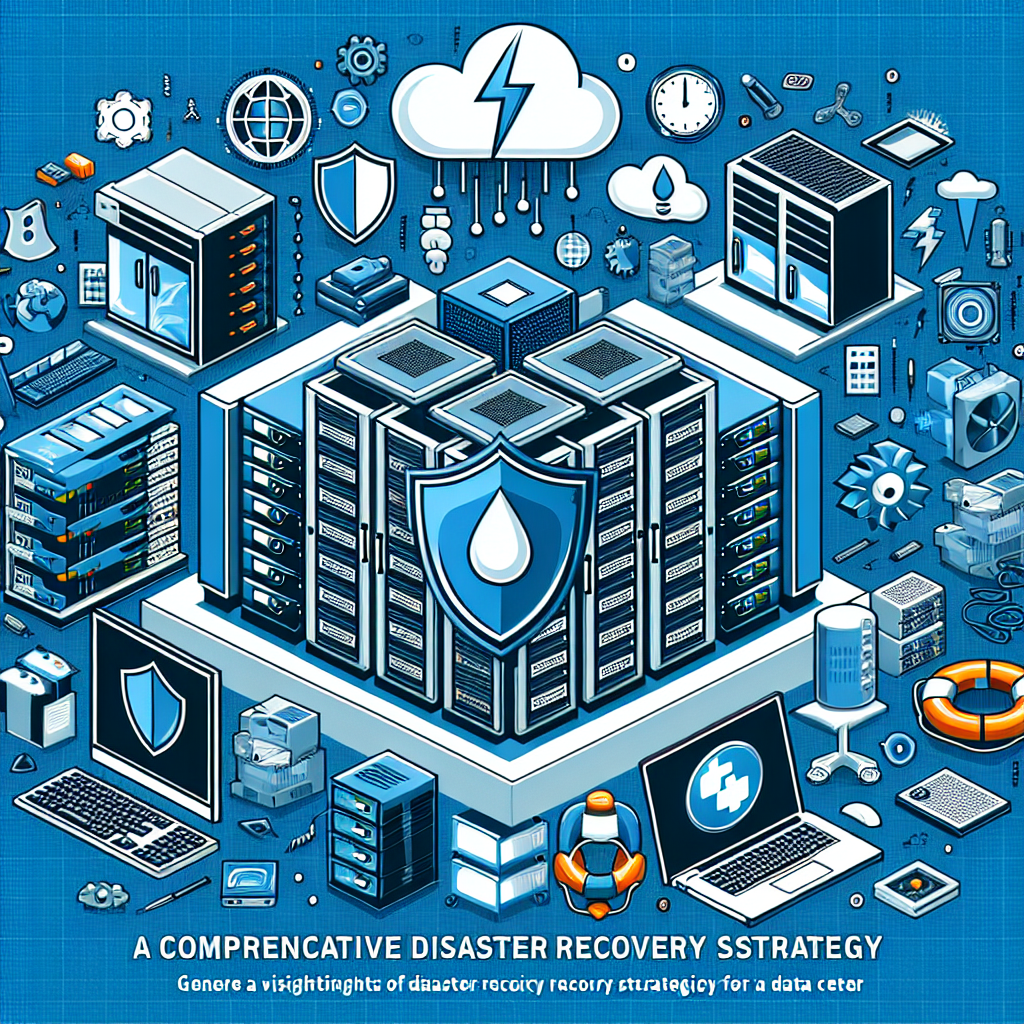Your cart is currently empty!
How to Develop a Comprehensive Data Center Disaster Recovery Strategy

In today’s digital age, data is the lifeblood of businesses. From customer information to financial records, companies rely on their data to operate efficiently and effectively. However, with the increasing frequency of cyber attacks, natural disasters, and other potential threats, it’s essential for businesses to have a comprehensive data center disaster recovery strategy in place.
A data center disaster recovery strategy is a plan that outlines how an organization will recover and restore its critical data and IT infrastructure in the event of a disaster. This plan is essential for ensuring business continuity and minimizing downtime in the face of unexpected events.
Here are some key steps to developing a comprehensive data center disaster recovery strategy:
1. Conduct a risk assessment: The first step in developing a disaster recovery strategy is to identify potential risks and vulnerabilities that could impact your data center. This could include natural disasters such as floods, earthquakes, or hurricanes, as well as cyber attacks, power outages, and hardware failures. By identifying these risks, you can better understand the potential threats to your data center and develop a plan to mitigate them.
2. Define recovery objectives: Once you have identified potential risks, it’s important to define your recovery objectives. This includes determining how quickly you need to recover your data and IT infrastructure in the event of a disaster, as well as the level of data loss that is acceptable. By setting clear recovery objectives, you can better prioritize your recovery efforts and ensure that your critical data is restored in a timely manner.
3. Develop a data backup and recovery plan: One of the key components of a data center disaster recovery strategy is a robust data backup and recovery plan. This plan should outline how your organization will backup and store critical data, as well as how you will restore this data in the event of a disaster. This may include implementing regular backups, using offsite storage solutions, and testing your recovery processes to ensure they are effective.
4. Implement redundant systems: To minimize downtime and ensure business continuity, it’s important to implement redundant systems in your data center. This may include redundant power supplies, network connections, and storage solutions to ensure that your critical data is always accessible, even in the event of a hardware failure or other issue.
5. Train your team: Finally, it’s important to train your team on your data center disaster recovery strategy. This includes ensuring that your IT staff are familiar with the recovery processes and procedures, as well as conducting regular drills and exercises to test your disaster recovery plan. By training your team, you can ensure that everyone is prepared to respond effectively in the event of a disaster.
In conclusion, developing a comprehensive data center disaster recovery strategy is essential for ensuring business continuity and protecting your critical data. By conducting a risk assessment, defining recovery objectives, developing a data backup and recovery plan, implementing redundant systems, and training your team, you can better prepare your organization for unexpected events and minimize downtime.

Leave a Reply